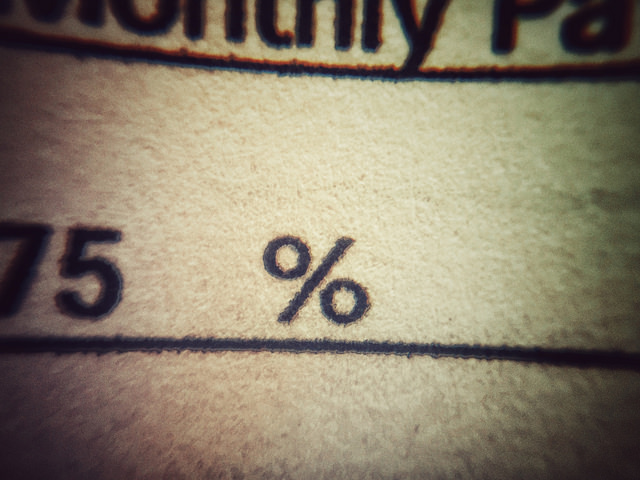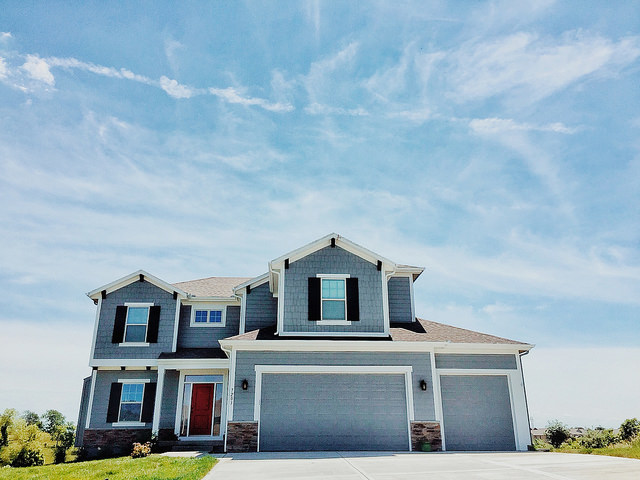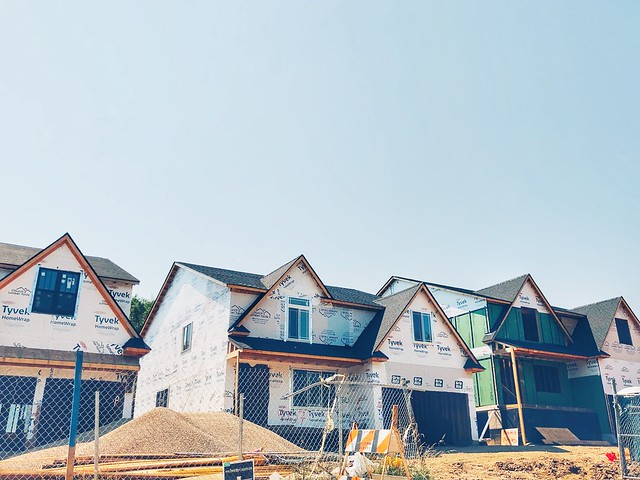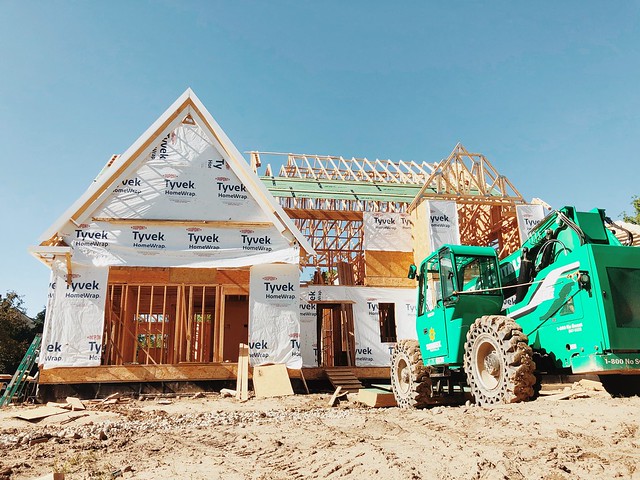The housing market’s breakneck pace this spring may’ve caused, at least, some prospective home buyers to hesitate. Competition, bidding wars, and double-digit price increases will do that. After all, choosing a house to buy is already a big decision without the added pressure of a hot market. But if you’re a buyer who’s been waiting for the market to cool off, Fannie Mae’s Economic and Strategic Research Group may have some encouraging news. The group – which releases a monthly outlook for the housing market and economy – says they expect things to start cooling down. In fact, Mark Palim, Fannie Mae’s vice president and deputy chief economist, says the group sees moderating price increases and improved inventory on the horizon. “While recent home price growth has been historically high, we’re forecasting further home price appreciation to moderate through the remainder of the year and into 2022,†Palim said. “On the supply side, we think home builders will be able to increase production as supply chain disruptions and labor shortages alleviate, which should add to the inventory of new and existing homes available for sale.†(source)













